Create change your organization can feel and see
Since 1991, Maddock Douglas has been providing its clients with the fresh thinking, innovation and diverse expertise to envision the future and build toward it.
I recently had an awesome experience at the Museum of Science and Industry (MSI) in Chicago that spoke to me as an innovator. (As a note, this article is not sponsored by the museum, and Maddock Douglas does not have a relationship with MSI.)
Before I jump into my experience, let’s start here: I believe that one of the foundational capabilities of an innovative organization is being able to predict and shape the future. Understanding what has worked in the past is no longer enough to compete in the marketplace. Instead, being first to market with game-changing innovations should be our focus — and that means getting really good at predicting the impacts of trends and emerging technologies. It means moving from the realm of insights to foresights. And it means acknowledging futurecasting as a knowable and learnable discipline for making decisions and creating new value.
Historically speaking (pun intended!), museums have been tasked with preserving the past, so they’re not typically where you go to find out about innovations and emerging trends. So when I visited the Museum of Science and Industry, I expected to see its well-known range of historical artifacts — a coal mine, steam locomotive, propeller and early jet planes, a German U-Boat, and so on — but I was surprised and elated by the many future-oriented exhibits they also had on display. It was great to see such a focus on showing where our society is headed, in addition to where we’ve been.
With immersive exhibits like Wired to Wear, Extreme Ice and Future Energy Chicago and tangible experiences like Makers United and the kid-oriented Idea Factory, MSI is educating the public on human-centered design in interactive ways that bring the future to life.
When I first walked into the Wired to Wear™ exhibit, I felt as if I’d entered a retail space from the year 2030, with rows upon rows of smart clothing and devices designed to extend the limits of our physical capabilities and make us healthier, stronger and safer.
This collar’s quills use hundreds of actuators and vision-activated technology to follow your gaze and react with lifelike behavior. (JB Spector/Museum of Science and Industry, Chicago)
With a PIX backpack, you can send images wirelessly from your phone. (J.B. Spector/Museum of Science and Industry, Chicago)
A gallery of prosthetics and prototypes to support the wearer's health and lifestyle. (JB Spector/Museum of Science and Industry, Chicago)
The designers responsible for these innovations explore a wide range of questions, like:
What if your clothing could save your life?
What if your clothing could fly you to the office?
What if your clothing could alter its design based on your thought patterns?
As the first-ever exhibit dedicated to wearable technology, it boasts an impressive collection of prototypes: jackets that help you “see” in the dark, racing suits that deploy their own airbags, gloves that give sign language a voice, stick-on tattoos with biometric tracking, and jet suits capable of traveling 32 mph. Collectively, these technologies have the potential to shape the future of fashion, entertainment, mobility, health, and how we relate to one another and the world around us.
Some of my own snapshots of the exhibit:
Created by Richard Browning, chief test pilot and founder, this Jet Suit can travel more than 30 miles per hour and ascend to 12,000 feet.
A wearable defibrillator that’s currently saving lives, developed by Dr. M. Stephen Heilman.
Jordan Reeves designed a 3D-printed prosthetic that shoots off glitter!
A prototype of a possible spacesuit: Dava Newman, Ph.D., created an active compression, flexible design that uses full body laser scans to create a custom fitting suit.
Jacquard by Google integrates sensor grids into fabric, creating interactive surfaces that function as a touchscreen.
Anouk Wipprecht designed a dress (with the help of Intel) that creates a bubble of personal space by extending the arms to push people away if the wearer is nervous.
Suzi Webster/Quantum XPR created a dress that lights up to show electrical activity in the brain, telegraphing your state of mind.
Me with the “Electric Dreams” dress.
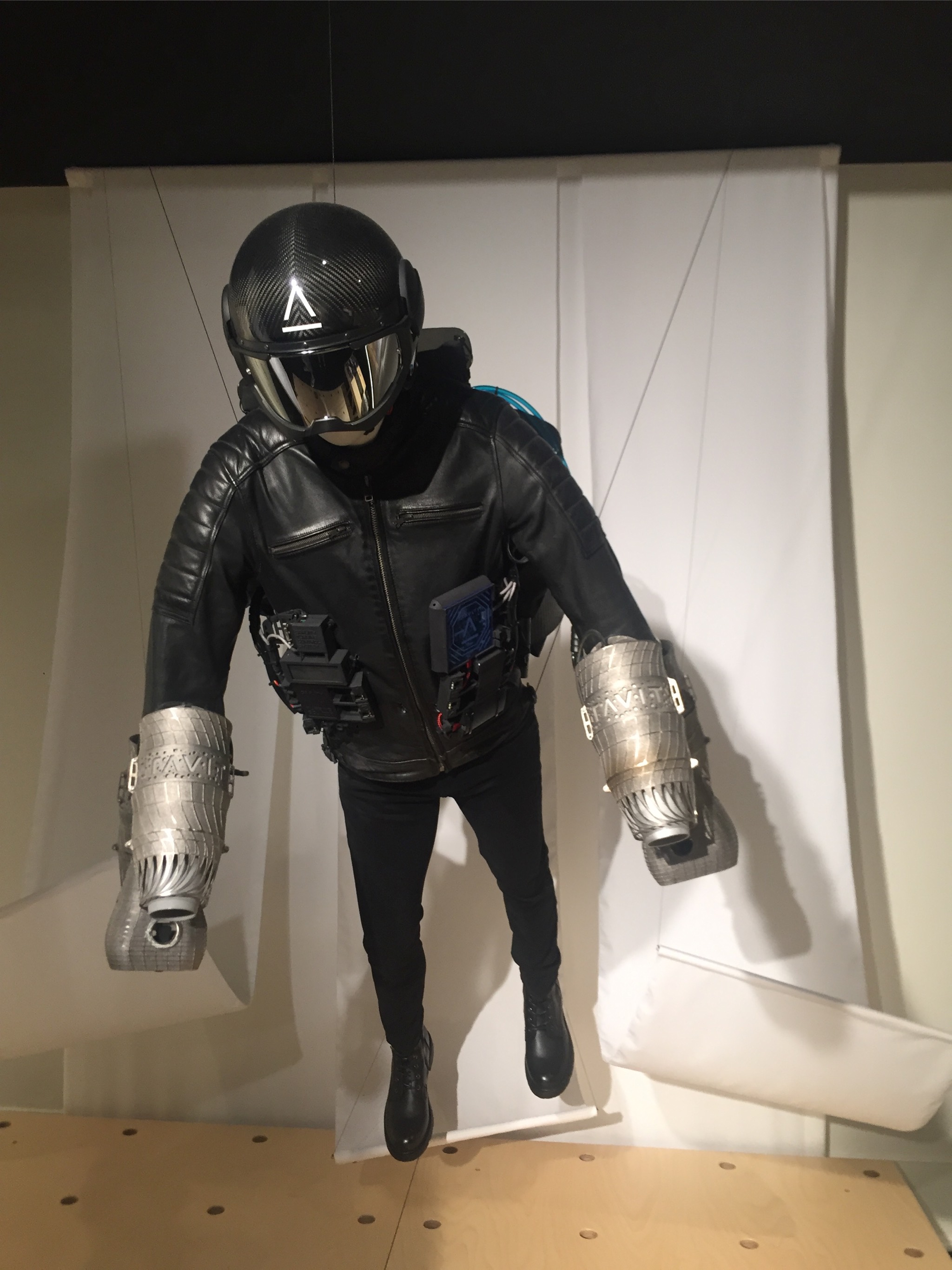
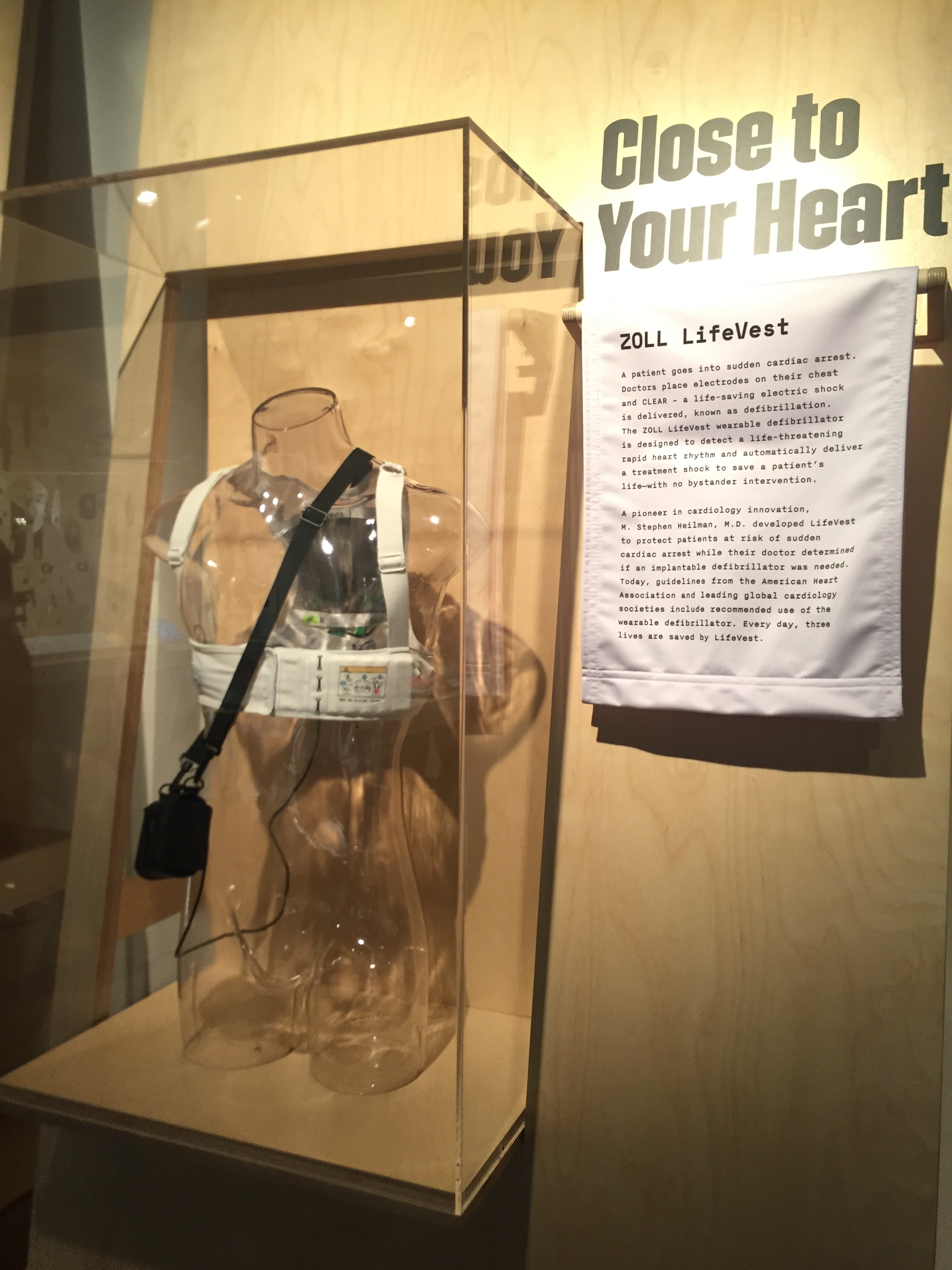

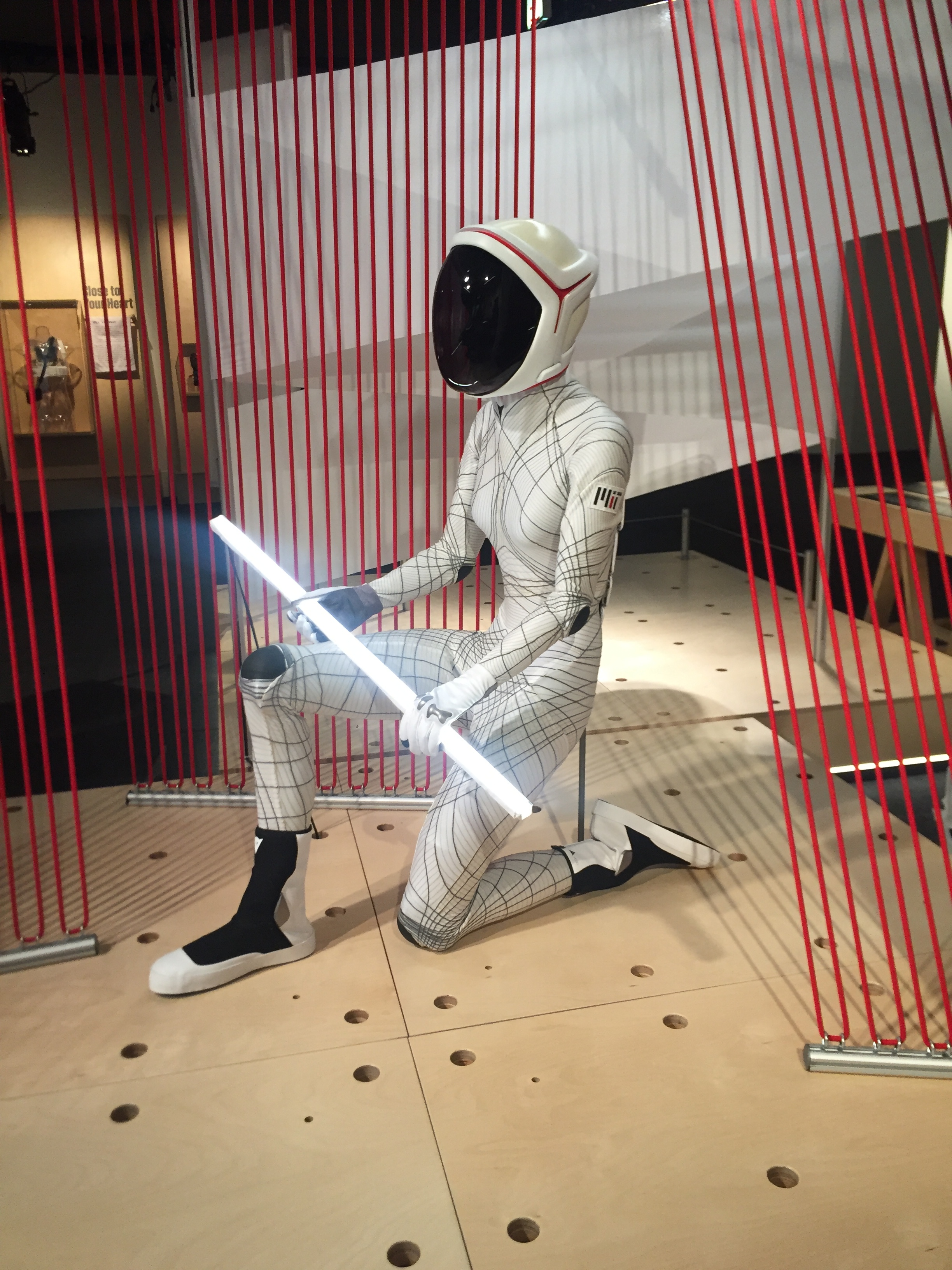
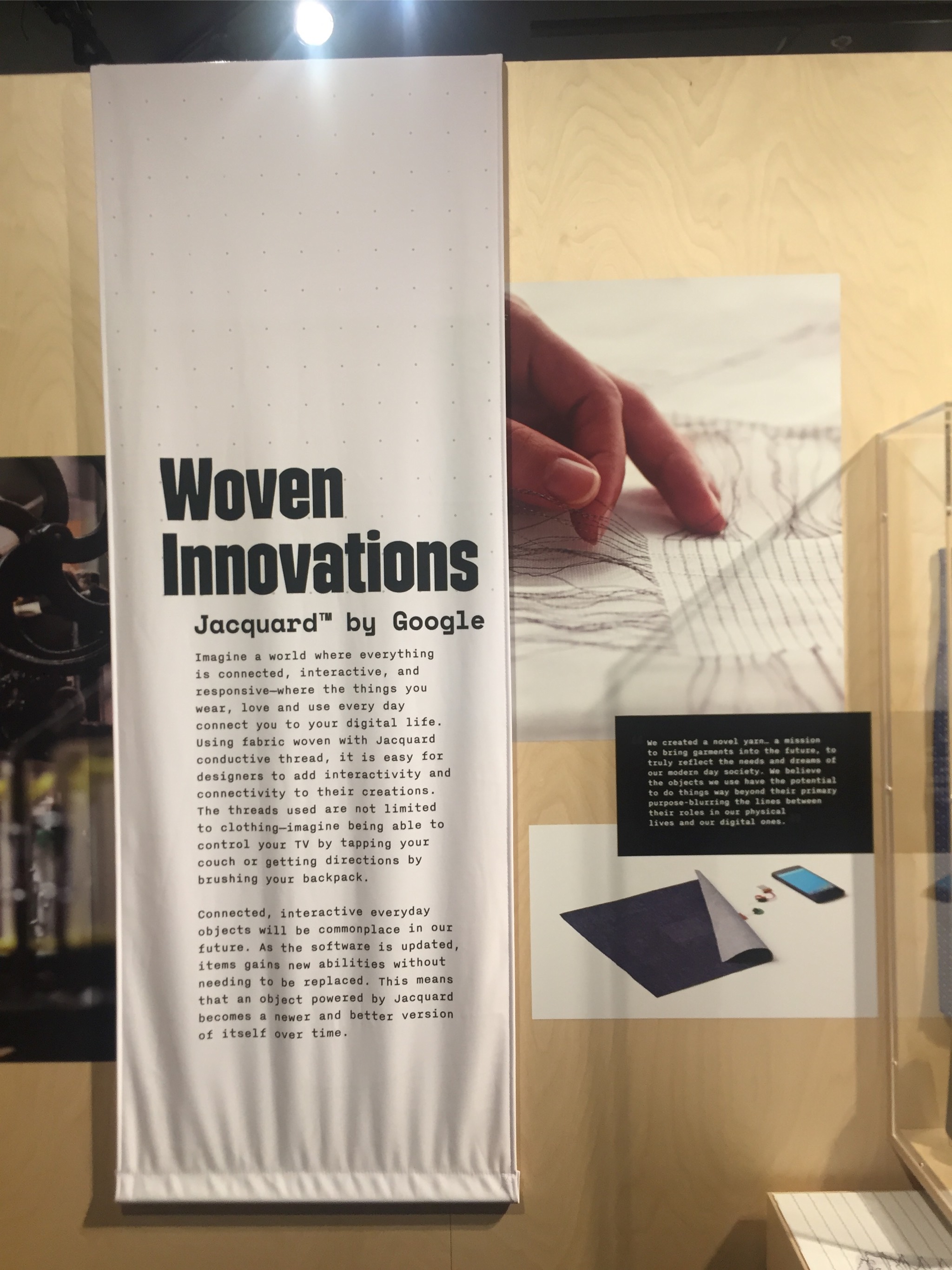
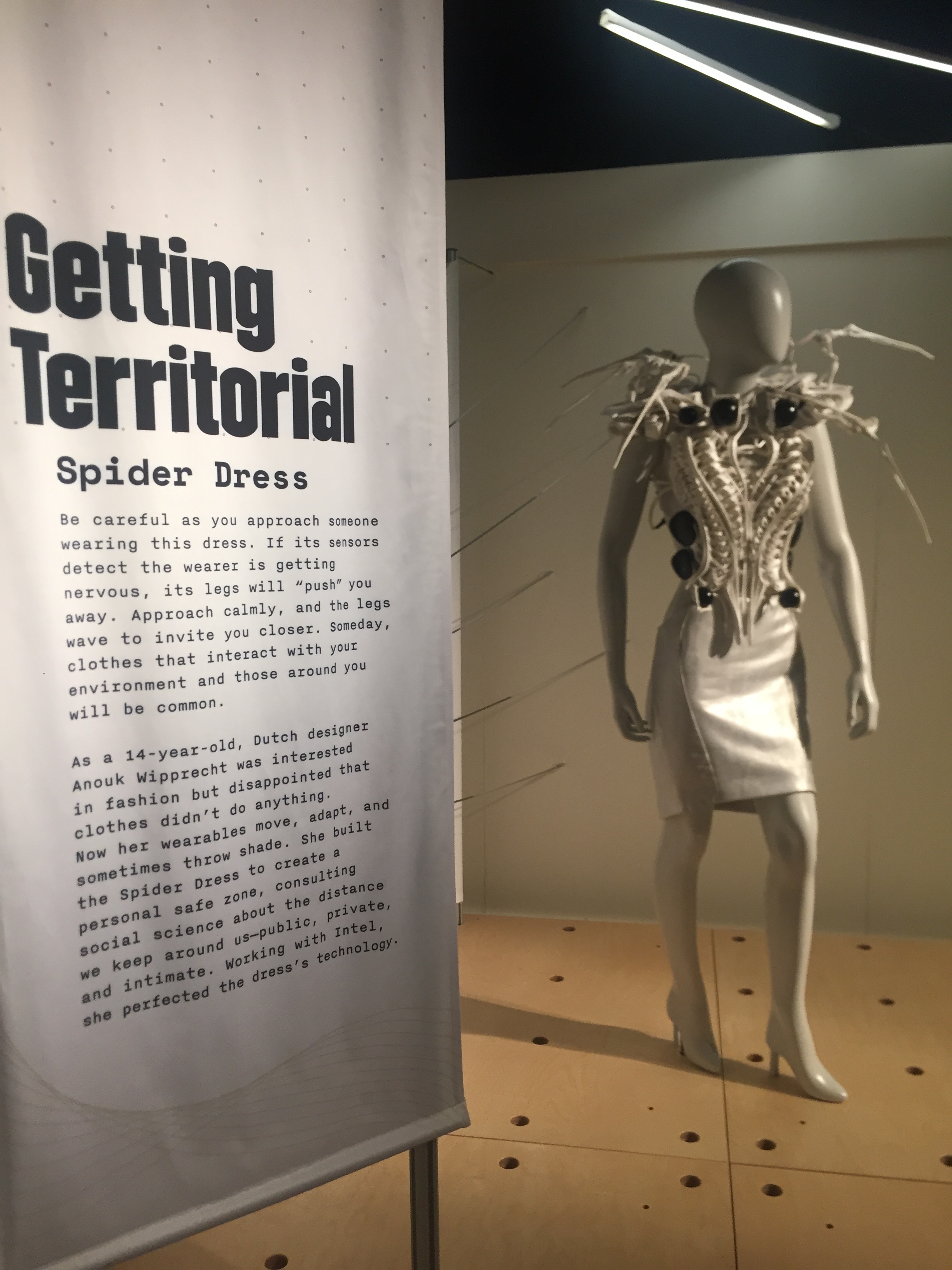
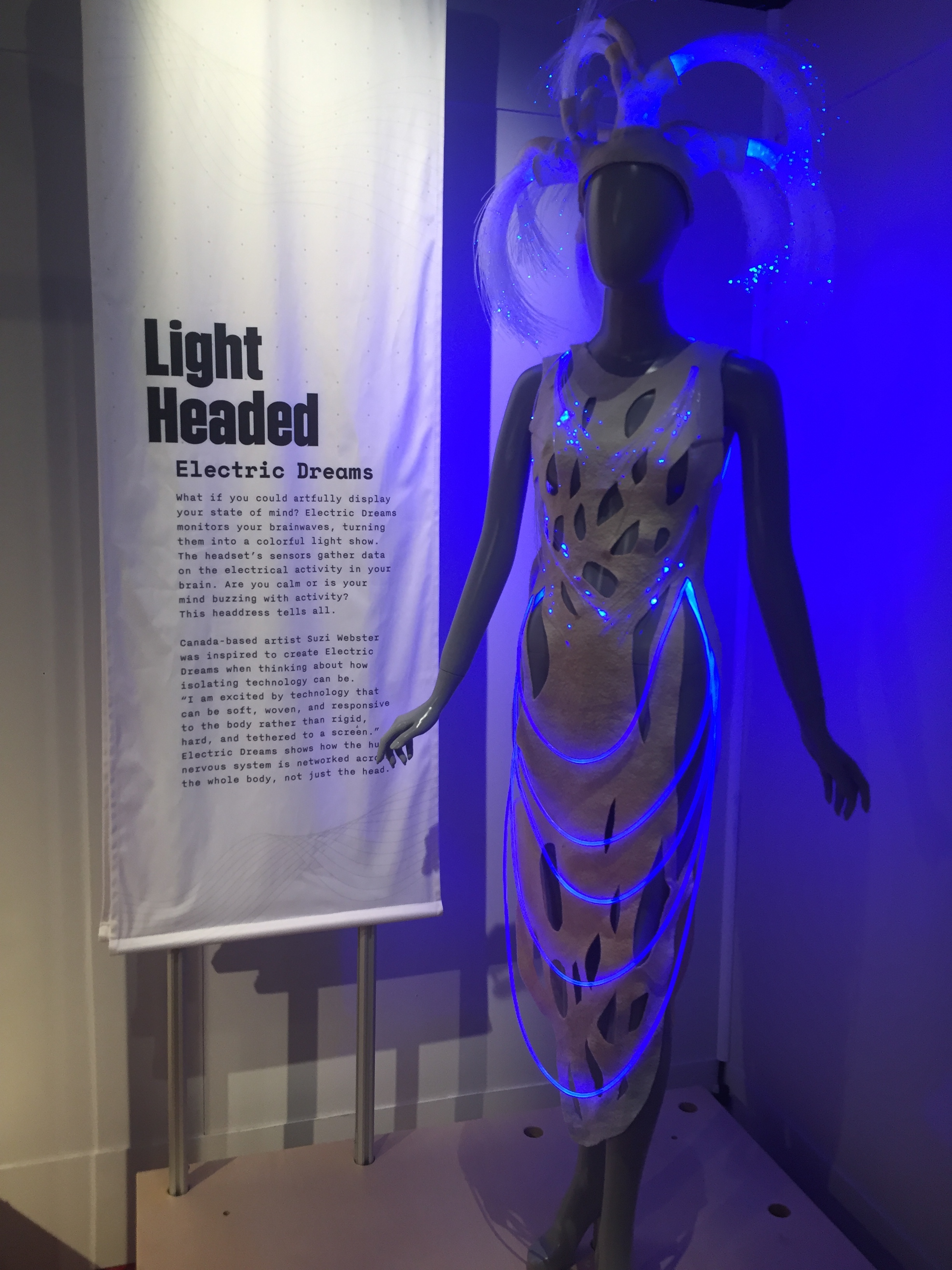

As an avid museumgoer, I was delighted to see so many exhibits that put the future — not just the past — on display, engaging the public in an interactive journey that explores our individual ownership in solving our most pressing societal challenges. (If you want to check it out, Wired to Wear is open until May 2020.)
Here in Chicago, we’re lucky to have the MSI and other exhibits around the city to visit, both individually and as a team. Have you explored your own local museum exhibits lately? If your organization needs some inspiration in its innovation journey, perhaps you should try a group field trip.

Since 1991, Maddock Douglas has been providing its clients with the fresh thinking, innovation and diverse expertise to envision the future and build toward it.